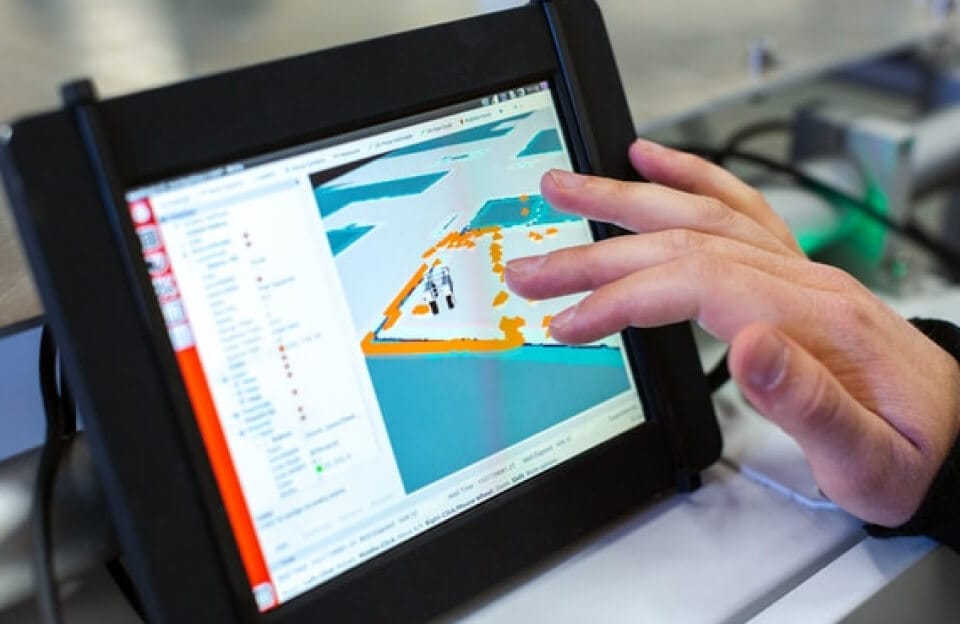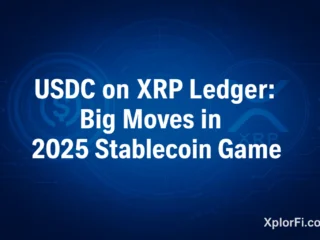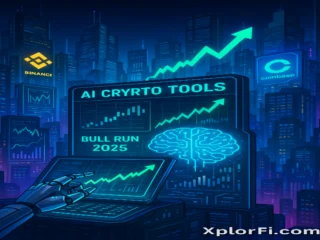Enterprise Seeks $6B in Organic Growth to Expand Capacity Amid LPG Margin Pressures

Key Highlights from Enterprise Products Partners L.P.’s Q2 2025 Earnings Call
During the second quarter of 2025, Enterprise Products Partners L.P. (EPD) delivered strong financial results despite a challenging market environment. Co-CEO A. James Teague highlighted that the company reported adjusted EBITDA of $2.4 billion and distributable cash flow of $1.9 billion, with coverage at 1.6 times. The company also set five volumetric records, including processing 7.8 billion cubic feet of natural gas per day and moving 20 billion cubic feet per day through its pipeline network.
Teague emphasized that nearly $6 billion in organic growth projects are expected to come online over the next 18 months. This includes two gas processing plants in the Permian Basin that are ramping up, with a third plant scheduled for next year. These three plants will increase the company’s total Permian processing capacity to almost 5 Bcf a day, producing 650,000 barrels a day of liquids.
In addition, Teague mentioned that the company plans to start up the 600,000 barrel per day Bahia Y-grade pipeline and Frac 14 in the fourth quarter. The Neches River terminal, which currently has a capacity to load ethane at 120,000 barrels a day, is expected to expand by mid-2026.
Market Challenges and Performance
Despite an increase in LPG export volumes by 5 million barrels quarter-to-quarter, the company experienced a decline in gross operating margin by $37 million. Teague attributed this to the re-contracting of a legacy 10-year double-digit term agreement, current market pricing, and a 60% drop in spot rates.
Co-CEO W. Randall Fowler noted that net income attributable to common unitholders was $1.4 billion for both the second quarters of 2025 and 2024. Per unit net income rose by 3% year over year. Distributable cash flow increased by $127 million or 7% to $1.9 billion for the second quarter of 2025, primarily due to lower sustaining capital expenditures compared to last year.
Fowler announced a distribution of $0.545 per common unit for Q2 2025, a 3.8% increase over the prior year. He also mentioned that the partnership purchased approximately 3.6 million common units off the open market for $110 million during the quarter.
Outlook and Financial Results
Management stated that nearly $6 billion worth of organic growth projects are entering service over the next 18 months. Growth capital expenditures guidance remains unchanged at $4 billion to $4.5 billion for 2025 and $2 billion to $2.5 billion for 2026. Fowler reiterated that the company expects 2025 sustaining capital expenditures to be approximately $525 million.
Fowler commented that the larger opportunity for buybacks will come in 2026 as the company starts generating more free cash flow.
Financial results showed that adjusted cash flow from operations was $2.1 billion for both the second quarters of 2025 and 2024. Total repurchases for the 12 months ended June 30, 2025, were $309 million, and capital investments in Q2 totaled $1.3 billion, including $1.2 billion for growth projects. Consolidated liquidity stood at $5.1 billion as of June 30, 2025.
The partnership’s consolidated leverage was 3.1x on a net basis, and the weighted average cost of debt was 4.7%.
Q&A and Analyst Concerns
Analysts raised several questions during the Q&A session. Spiro Dounis from Citi asked about the ramp-up for $6 billion of assets. Zachary S. Strait responded that Frac 14 will come up completely full, while the Neches River Terminal (NRT) will see a ramp as VLECs are ordered. Processing plants are expected to ramp up quickly.
Dounis also inquired about capital allocation and buybacks. Fowler replied that the company picked up the pace of purchases due to volatility and that the larger opportunity for buybacks will come in 2026.
Jean Ann Salisbury from BofA questioned LPG export fee declines. Michael C. Hanley said that 85% to 90% of the company’s contracts are covered through the balance of the decade, and they continue to sign up additional counterparties.
Salisbury also asked about Permian oil growth. Anthony C. Chovanec noted that the Permian Basin is becoming gassier and that producers’ bottom lines remain extremely profitable.
Theresa Chen from Barclays asked about the BIS ethane incident. Hanley said the company was largely unscathed but noted that the event compromised the U.S. brand for reliable supply and energy security. Chen also asked about PDH and octane, and Christian M. Nelly stated that operating rates have improved significantly compared to the first quarter, returning to historic margins.
John Mackay from Goldman Sachs asked about LPG margin compression. Hanley replied that the company will continue to contract fully and that any losses on margin compression will be offset by volume.
Sentiment Analysis and Strategic Focus
Analysts displayed a neutral to slightly negative tone, focusing on LPG margin compression, Permian production, and capital allocation. Management maintained a confident tone in prepared remarks and Q&A, emphasizing contract coverage and asset ramp-up. When pressed on margin compression, Hanley assured analysts about contract volumes, and Chovanec expressed confidence in Permian profitability.
Compared to the previous quarter, analysts’ focus shifted more to margin sustainability and recontracting risks, while management acknowledged more pronounced challenges in LPG export pricing in Q2.
Risks and Concerns
Management flagged growing rumors of midstream companies planning to enter the LPG export market, noting that the impact is already evident with declining spot terminal fees and margin compression. Teague warned about the risk of weaponizing U.S. energy exports, citing potential future disruptions.
Hanley described the BIS ethane licensing incident as compromising the U.S. brand for reliable supply and energy security. Competitive pressures and margin headwinds in LPG exports were repeatedly cited as ongoing risks.
Final Takeaway
Enterprise Products Partners demonstrated resilience amid market headwinds, emphasizing the ramp-up of nearly $6 billion in organic growth projects and strong contract coverage across key export businesses. Despite margin compression in LPG exports and external policy risks, management reaffirmed its commitment to organic expansion, disciplined capital allocation, and flexible strategies to defend market share. The company is positioned for continued cash flow generation and capital returns through 2026 and beyond.
Which one are you watching, Xplorianz? Drop your take on the most underrated pick this week in the comments!. Slide into our inbox Facebook, or tag us on X . Stay sharp, stay weird, and keep Xploring
Disclaimer:
This article is for informational and entertainment purposes only and does not constitute financial advice. Always do your own research (DYOR) before making any investment decisions, your money, your call. Crypto’s wild, so stay sharp out there!
Polaris Industries Confronts Challenges in Q2 Earnings Call 2025
ENSG’s Q2 Earnings Surpass Expectations as Occupancy Rises, Stock Jumps 9%








No Comments